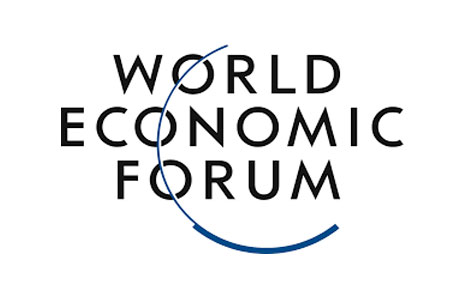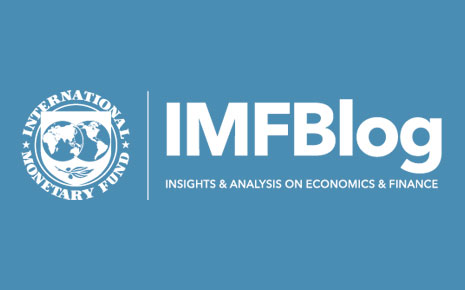Over 1B Persons, 2024 (1004 million) Based on Latin America and Caribbean Population from the WBG + US Population
(US Census Bureau)

22 Aug 2021
Rapid transportation, easy communication, and minimizing tariff and non-tariff trade barriers between countries and regions are key to economic growth and prosperity. These measures lead to inclusive growth of the entire region by enabling all countries to reap fruits of their shared development and economic growth. It is, no doubt, a win-win arrangement for all the stakeholders concerned.
Banking on this win-win strategy for inclusive socio-economic growth of the entire region including South East Asia, South Asia, Central Asia, Middle East, Africa, Eastern Europe, Latin America and the Caribbean, Chinese President, Xi Jinping, proposed One Belt One Road Initiative (OBOR) in 2013. By 2017, it was rebranded as Belt and Road Initiative (BRI). As of January 2021, 140 countries have joined the Belt and Road Initiative (BRI) by signing a Memorandum of Understanding (MOU) with China. These partner countries include 40 in Sub Saharan Africa, 34 in Europe and Central Asia, 24 in East Asia and Pacific, 17 in Middle East and North Africa, 19 in Latin America and the Caribbean, and 06 in the South East Asia. The objective of BRI Initiative is to connect Asia with Africa, Europe and rest of the world via land and maritime routes for improving regional integration, increasing trade and stimulating economic growth by promoting flow of goods, investment and people.


